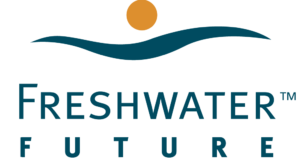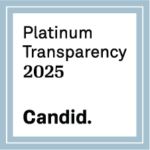Michigan Double Red Flags Mean Don’t Go In the Water
Double red flags along the beaches of the Great Lakes will be used starting this season to indicate when waters are unsafe for swimming. This new designation closes swim beaches in an effort to save lives and increase awareness about the changing conditions of the lakes. Lake Michigan is considered the deadliest lake in the United States, and Lake Erie follows closely behind. Michigan’s Department of Natural Resources gives more safety tips for swimming in our Great Lakes HERE – stay safe and happy swimming!
Freshwater Future Strongly Opposes “Doubling” Ships on the St. Lawrence Seaway
The Great Lakes St. Lawrence Seaway Development Corporation hopes to increase the number of ships on the seaway, stating that “you could double the amount of vessels that transit through our locks here in Massena without any operational degradation or hindrance to that reliability.” Freshwater Future opposes doubling ships due to the extreme risks including introduction and spread of invasive species into the Great Lakes, exacerbation of erosion impacts, increased risk of anchor strikes in the Straits of Mackinac and more. Stay tuned for ways to speak out about this issue.
Join Freshwater Future’s Executive Director for a Kayak Tour of Walloon Lake!
On Tuesday, June 6th, our Executive Director, Jill Ryan, will be leading a kayak tour on gorgeous Walloon Lake in Northern Michigan. She will be discussing the many emerging Great Lakes issues that Freshwater Future works on. Grab your kayak, and we will see you out there! Please register with leslie@freshwaterfuture.org.

Funds Available for Water Debt Until December!
Emergency water debt relief remains available through the end of this year. Residents whose water and/or sewer accounts are in danger of disconnection or have been disconnected can apply for the Low Income Household Water Assistance Program (LIHWAP). Freshwater Future’s report card (below) compares how Great Lakes states are doing getting the funds out to address debt and keep water flowing. Over a year and a half into the first-ever federal water assistance program, plenty of funds remain to clear water debt. Eligibility and application process varies by state, so visit here for details on each Great Lakes state.









